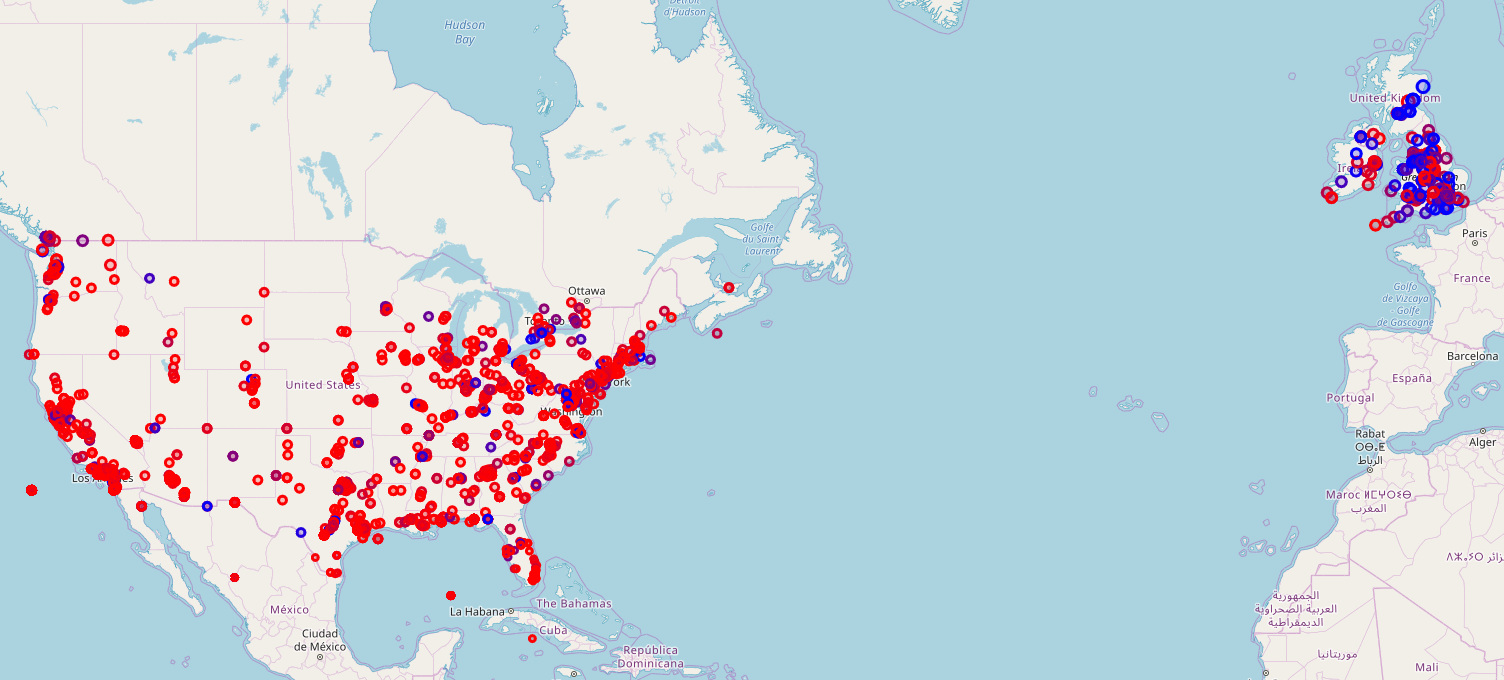DialectGram: Detecting Dialectal Variation at Multiple Geographic Resolutions
Several computational models have been developed to detect and analyze dialect variation in recent years. Most of these models assume a predefined set of geographical regions over which they detect and analyze dialectal variation. However, dialect variation occurs at multiple levels of geographic resolution ranging from cities within a state, states within a country, and between countries across continents. In this work, we propose a model that enables detection of dialectal variation at multiple levels of geographic resolution obviating the need for a-priori definition of the resolution level. Our method DialectGram, learns dialect-sensitive word embeddings while being agnostic of the geographic resolution. Specifically it only requires one-time training and enables analysis of dialectal variation at a chosen resolution post-hoc -- a significant departure from prior models which need to be re-trained whenever the pre-defined set of regions changes. Furthermore, DialectGram explicitly models senses thus enabling one to estimate the proportion of each sense usage in any given region. Finally, we quantitatively evaluate our model against other baselines on a new evaluation dataset DialectSim (in English) and show that DialectGram can effectively model linguistic variation.
PDF Abstract

